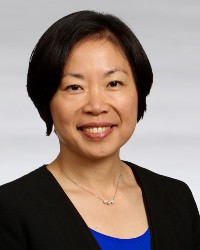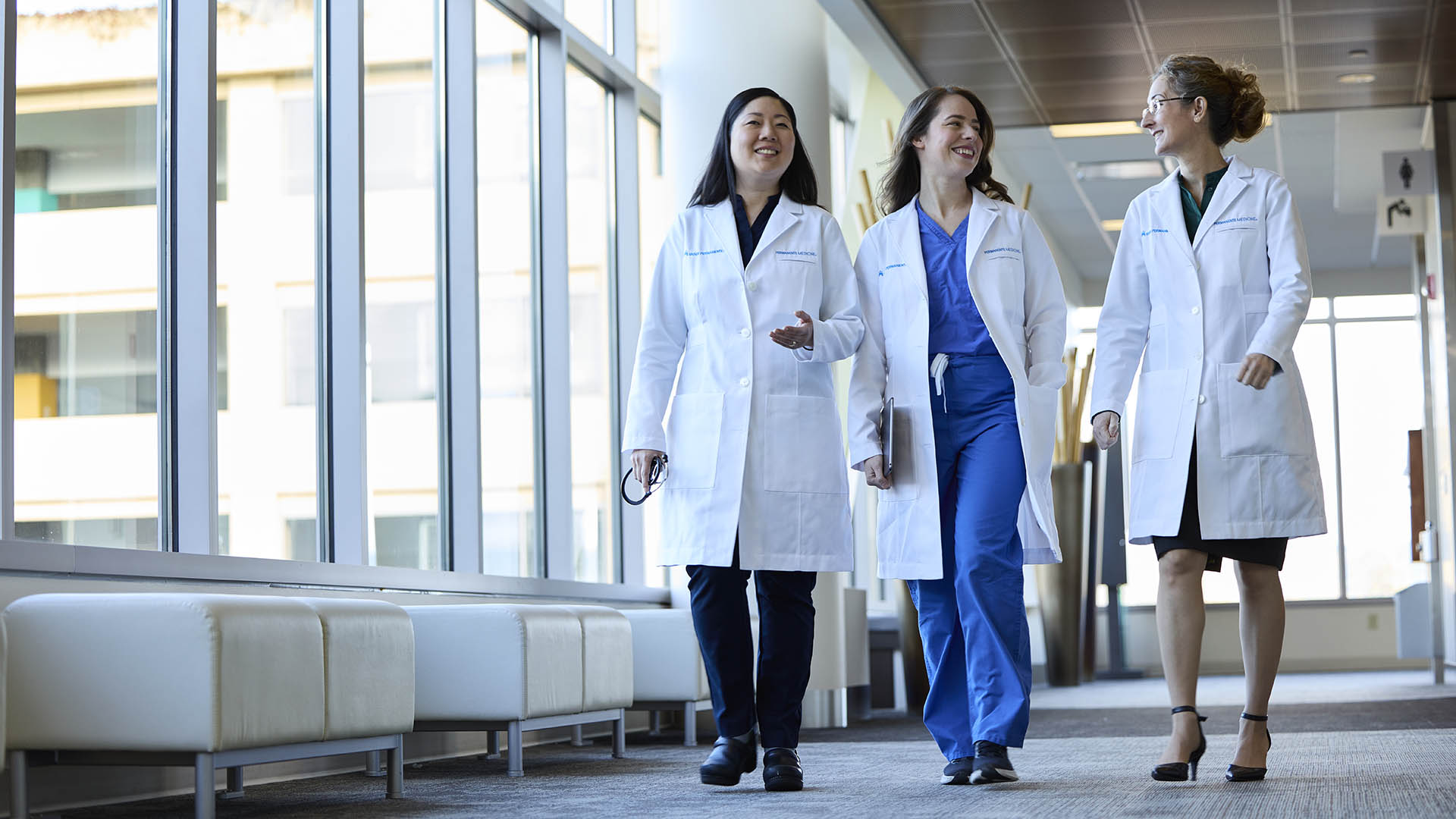The Permanente Federation co-CEOs share 7 strategies to build a trustworthy, affordable and accessible health care system for the next generation
Ruth Chang, MD, shares 4 major signs of clinician burnout
During a recent Health Action Alliance virtual panel, Northwest Permanente’s Chief People Officer and Vice President Ruth Chang, MD, MPH, discussed the signs of clinician burnout and steps her organization is taking to address it.
“One of the big worries that I have on my mind is the burnout of our staff,” Dr. Chang said during the panel, “Refueling Your Workforce Strategies to Reduce Employee Burnout.”

Burnout among physicians, clinicians, and health care workers has reached crisis levels, primarily because of the stresses placed on the health care system by the COVID-19 pandemic and subsequent omicron variant surges. Prior to the pandemic, health care workers would typically experience seasonal hospital capacity patterns; for example, the winter months would see an influx of flu patients.
Since the onset of the pandemic, “there really has been no downtime at all for our hospital staff and certainly our clinic staff have been equally busy,” Dr. Chang said.
She shared 4 major signs of workplace burnout:
- Trouble mentally separating from work – “One of the signs is the inability to free one’s mind from work, so people are feeling that they’re constantly on,” she said.
- Difficulty finding meaning in work – A second symptom of burnout, she added, is “a sense of decreased sense of meaning or purpose in their work.”
- Depersonalization – When it is harder for someone to recognize another person for their individual needs. “If you think about health care workers and how they’re caring for patients, it becomes rote rather than personal and interconnected,” she said.
- Emotional exhaustion – “Just feeling like there’s no more to give, depleted,” she said.
Dr. Chang said Northwest Permanente, which cares for Kaiser Permanente members in Oregon and southwestern Washington state, is addressing burnout holistically and systemically in 3 different domains: by supporting personal resilience and personal self-care, developing a culture of wellness, and driving continuous process improvement “to make the work flow better not only for patients but for staff.”
“It takes all 3,” she added. “More yoga at lunch is not going to solve burnout. We also need to build this culture of wellness.”
NOTE: Watch a replay of the panel here.
Related story: “Ruth Chang, MD, shares advice for promoting physician wellness in AMA Q&A”


